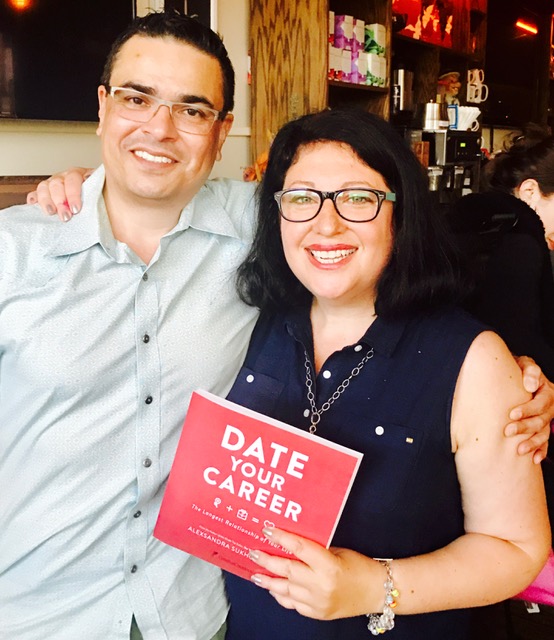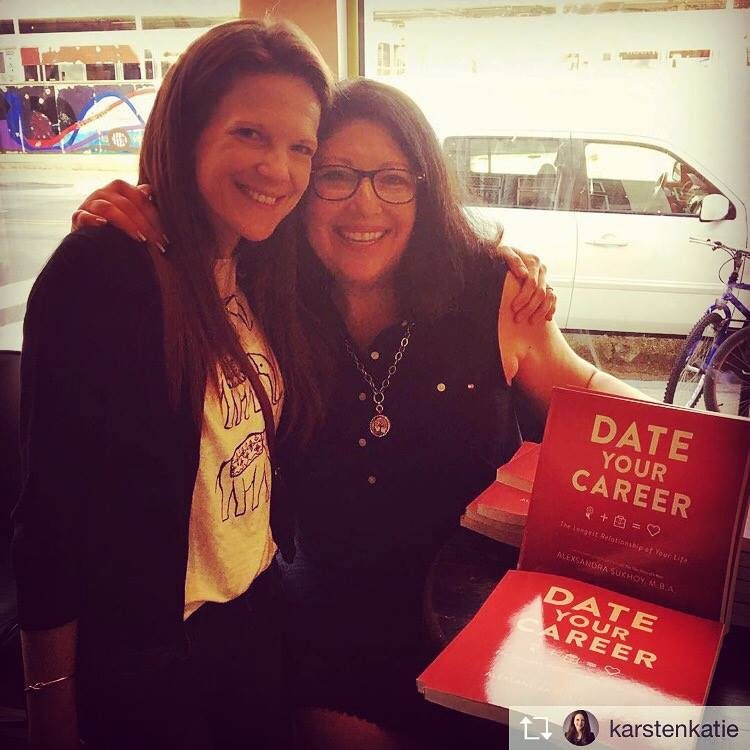- Begin Your Growth Plan Today!
- (216) 410-3825
- info@creativecadence.com
Screenwriting Take 1: Find Your Road Map
 Written by Alex Sukhoy for Film Slate Magazine.
Written by Alex Sukhoy for Film Slate Magazine.
“You must not come lightly on the blank page.” – Stephen King
Writers write. Every day they look into their computer screens – white, empty and intimidating – deciding what to say and how to say it.
Before turning on the creative ignition, a thousand details flow in and out of a writer’s mind with the speed of a runaway train: Will our hero live? Will she fall in love? Will he learn the family secret? Will she win the marathon? Will he stay in his hometown? Will she travel the world? Who will he befriend? Who will she betray? What does he give up to get what he wants? What does she discover when all is lost?
A writer’s job is to tell and then to sell a compelling story. And when it comes to screenwriting, that laborious exercise of articulating, on paper, the blueprint of everything a character thinks and feels through what he says and does, in a manner that will excite actors on multiple retakes and deliver producers significant returns on investment, getting the cognitive conversion right, the first time, can make the key difference between a paying career or an exhausting pastime. The route to success requires meticulous planning.
According to Barri Evins, a Hollywood producer and screenwriting teacher, “Spend as much time as you can in preparation. The longer you can wait to write the script, the less time you will spend writing and rewriting and rewriting. Instead, outline, outline, outline. Know your hero, how he changes and what you want to say. The major beats and the arc of the hero become the road map for your story.” Continues Evins, “Working out the problems and possibilities on a single page ensures you get to your destination before you run out of gas. Some writers worry this stifles creativity, but I believe it gives you the freedom to pull over and have a picnic, knowing you can get right back on the road.”
At a time when speed is life, a writer’s instinct may be to jump right into the story and see where it takes her. However, breaking everything down in the beginning and locating the key elements helps ground the story and keep the writer focused. If nothing else, on the outset, the writer must know her premise and be able to answer three critical questions: Who is the protagonist? What does he want? What is his obstacle?
“As George Lucas says, ‘A movie is a success or failure from the minute you solidify the concept.’ As a producer, I look for concepts that grab our imagination and won’t let go, and I teach writers to determine if they have a strong concept before they even type ‘Fade In,’” Evins said. And, once the writer reaches this landmark, the next direction she must take is to visualize the story and then walk others through it. Adds Evins, “I’m excited by writers who can put images, thoughts and feelings into our minds while using very few words.”
In films, it’s all about the hook. When asked how a producer recognizes if one exists, Evins replies, “The truth is, you’ll know it when you see it. A good test is if your listener is eager to hear what happens next. What I call a ‘hooky’ idea grabs our imagination and won’t let go. It definitely leaves us wanting to know more.”
In this obstacle course to a completed and winning script, a writer can get frustrated and detour to another idea. This pivotal moment is when it’s most important to revisit the guidelines and to stay on track. States Evins, “You might think you’re hearing the voice of your muse, but it’s the sirens’ call, to distract you. Write the new idea down and stash it in your idea file until you’re ready to start your next project.”
Finally, and most importantly, the writer must drive the dialog and action that advance the story. This is the engine of the script and must connect with its master. She needs to feel what she’s writing, because if she doesn’t, no one else will. Evins, who also hosts writing seminars all over the country and whose students have sold their scripts, adds, “It has to resonate with you as an artist. If you want your movie to captivate audiences, first you must harness your own passions. When you have something meaningful to say about the human condition, you have the opportunity to create a movie that will speak to audiences for generations.” Evins concludes, “As a writer, all you have is your creative juice. How will you spend it?”
This creative fuel, rooted in a solid plan and combined with the discipline of the craft – the key factor that sustains professional writers and derails the novices – will safely transport the artist from an idea to the desired destination of a sellable script.



